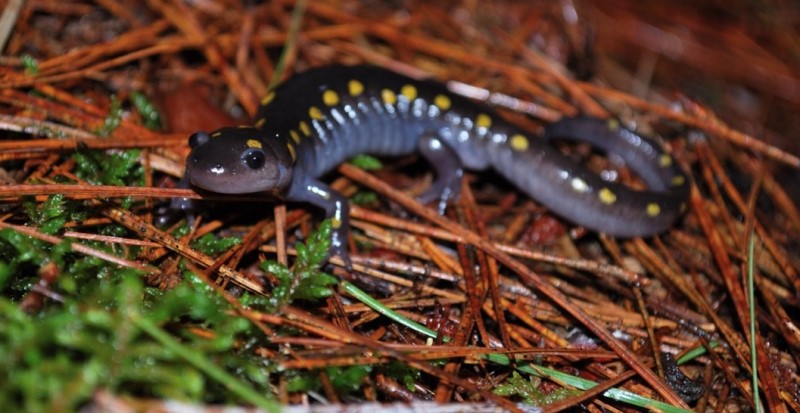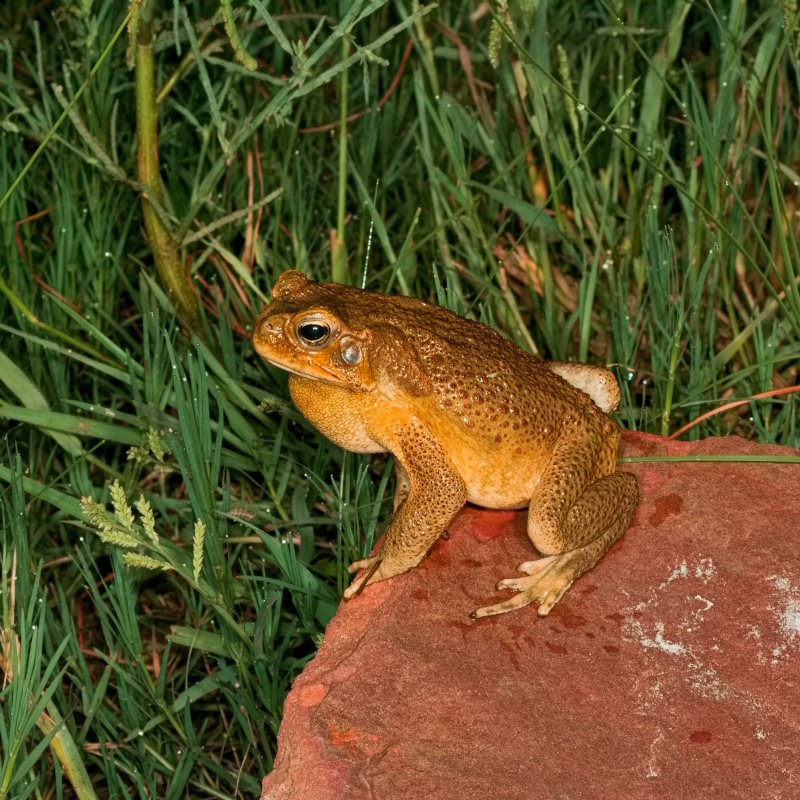New research published in Royal Society Open Science provides insights into Bockadam snake distribution in the Philippines. Lead author Justin M. Bernstein discusses the study and the key role observational data plays in wider evolution and conservation research.
.jpg)
Tell us about your study
Our study is part of an ongoing string of research projects that focus on better understanding the distribution and evolution of snakes in the Philippines. These specific snakes, “Bockadams” (also called dog-faced water snakes, or known by their scientific genus name, Cerberus) are very common, abundant, semiaquatic snakes found in coastal systems of the Philippines. They are abundant in mangroves and primarily eat fish, but reports of them further inland have been documented over the years.
We determined, using several years of natural history data, as well as published environmental data, where these snakes are likely to be found in the Philippines and the propensity of Bockadams to be found in coastal vs. inland aquatic systems. Using ecological niche models combined with our own field observation data, we found that despite some inland populations being well-known (i.e., the Lake Buhi Bockadam, confined to a lake surrounded by low to moderate elevation mountains), coastal areas and mangroves have higher habitat suitability for these snakes.
How did the idea for the paper come about?
This paper was the result of several years of collaborative field work in the Philippines. The current scientific landscape for evolution and biodiversity conservation is filled with Big Data projects, such as using whole genomes for conservation or understanding how species have evolved through time and expanded geographically. However, natural history observation and field-based data is critical for informing genome-based studies and such observations aid us in making biological sense of our scientific findings using DNA.
This particular fieldwork that was done for some upcoming genomic projects that will help identify the importance of the geographic landscape in sustaining populations of these snakes. Field work is a necessary component to obtain sampling for larger scale projects, but we also wanted to maximize the use of our field-based data. We did this by determining the suitability of Bockadams in the Philippines, which provides a better framework to identify populations to study in the future.
.jpg)
Lake Buhi in Camarines Sur, Philippines. This is one of the study areas and is the locality of the endemic Cerberus microlepis, found only in Lake Buhi, Camarines Sur, Philippines.
How was your experience publishing with Royal Society Open Science?
Publishing with Royal Society Open Science was fantastic! All of our inquiries were responded by various journal staff within 24 hours, and the information I got was extremely useful and delivered respectfully. I very much appreciate the flexibility the editors gave me during research travel, and the assistance they provided when working with the online submission system. Thank you to the journal staff!
What are the future directions for your work?
There is a lot of work to be done on Southeast Asian snakes. My focus is to continue combining field-based efforts and genome-scale studies of snakes to understand how the genomes of these animals have evolved, how this has allowed them to survive in their current habitats, and to identify how they got to their respective regions in the first place. Southeast Asia has an enormous diversity of reptiles and amphibians that live in very complex landscapes with unique geological histories. The future directions for my research involve many study systems and scientific questions, but they all have a major theme: studying the intersection of Earth’s geological history, species diversity, and evolution in these regions through collaborative and interdisciplinary science.
.jpg)
An individual of Cerberus schneiderii from Singapore. This species is found in the Philippines, but is also widely distributed throughout Southeast Asia.
What is the relevance of the article to the wider scientific community?
Our study has broader impacts for studying biodiversity and conservation. We wanted to emphasize that field-based data and natural history information is not ‘obsolete.’ It has a variety of uses, such as making biological sense of analysis results from molecular data, helping inform model-based analyses that require trait-based information, and it can be used as a tool to identify field sites and populations for future research.
It is important to keep in mind that our study was performed using our own data in only one region of the Philippines. However, by utilizing already-published data from other regions, we were able to expand the geographic scope and impact of our study to better understand country-wide distributions. Maximizing the data you have and combining it with available data is an important framework for science.
And on a final, and much more important note, our study emphasizes the importance of collaborative efforts. While this research spans field work over a few years, there are decades of collaborative efforts behind this (and other) research projects. The authors on this paper consist of evolutionary biologists, social scientists, those working on reptiles and amphibians, others on marine plants, and from different countries, states, and provinces. Combining our individual skill sets and experiences has led to several, and many more upcoming, research projects, learning experiences, and local outreach events (and an uncountable number of fun times!). While maximizing data and combining methods is critical for advancing science, maximizing our skill sets and combining efforts through collaboration is just as, or perhaps even more, important.
Read the full study here: Using Mangrove and Field Observation Data to Identify Fine-Scale Species Distributions: A Case Study in Bockadams (Serpentes: Homalopsidae: Cerberus).
Royal Society Open Science is an open access journal that welcomes the submission of all high-quality science. More information about the submission process can be found on our webpage.
Image 1. Cerberus schneiderii (Southeast Asian dog-faced mud snake, also called a Southeast Asian bockadam) from Camarines Sur, Philippines, eating a gerreid fish (Gerres sp.). Photo: Justin M. Bernstein.
Image 2. Lake Buhi in Camarines Sur, Philippines. Photo: Justin M. Bernstein.
Image 3. Cerberus schneiderii from Singapore. Photo: Kenneth Chin (Canlaken).




